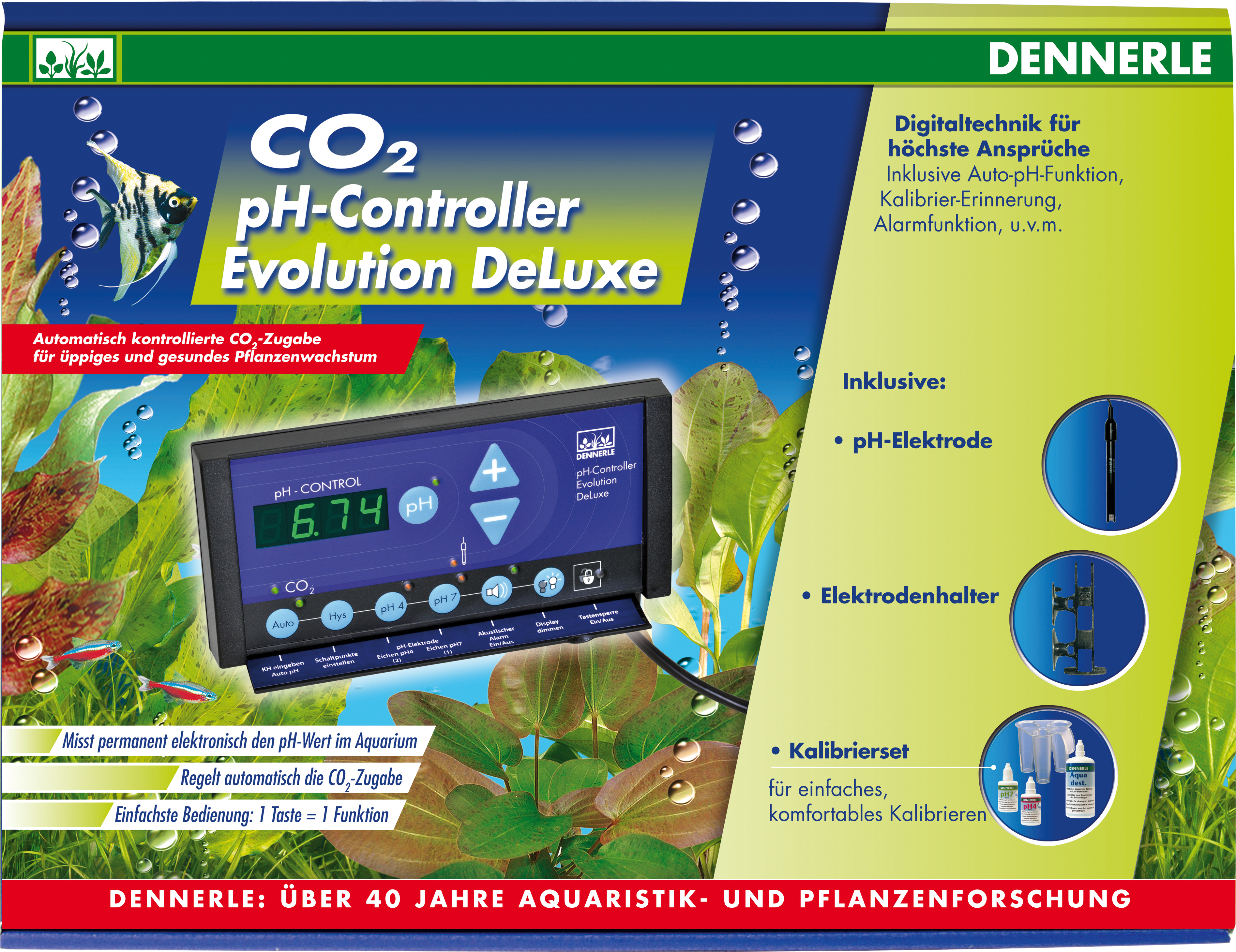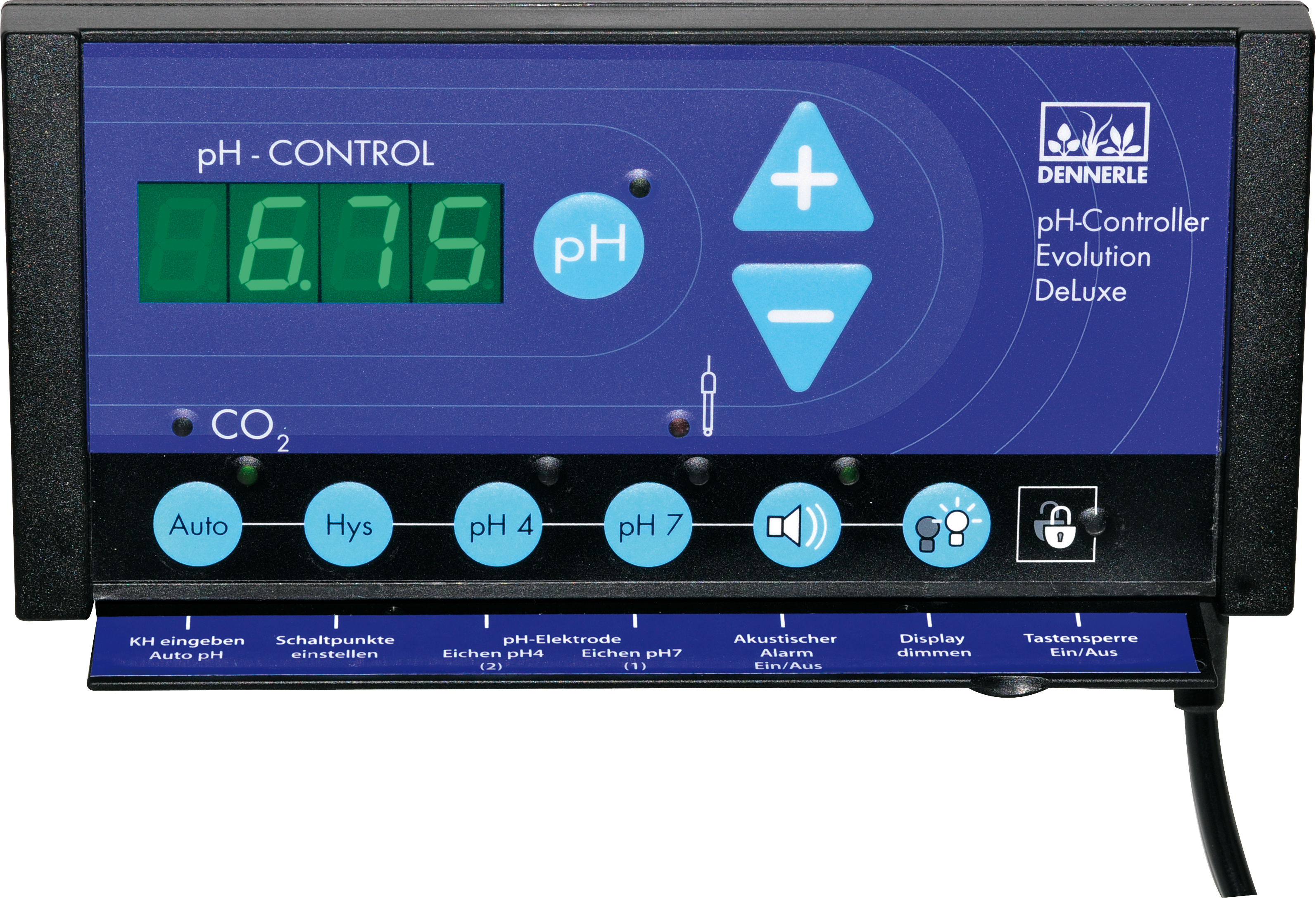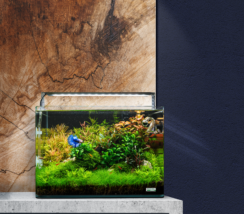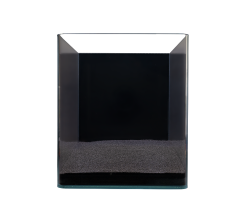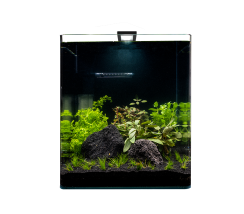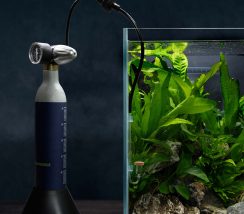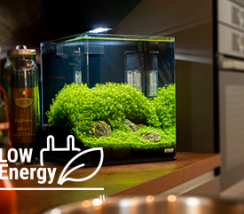CO2 pH-Controller Evolution DeLuxe
pH-Controller incl. pH-electrode
- Permanently measures the pH value in the aquarium electronically and controls the supply of CO2 via the connected magnetic valve
- Simple operation: 1 button = 1 function
- The pH controller works in the acidic range as well as in the slightly acidic range and in the basic range ( seawater )
- Automatic calibration reminder
- Incl. pH electrode and calibration station
Automatically controlled CO2 addition
The Evolution DeLuxe pH controller belongs to the highest expansion stage of the DENNERLE CO2 system. It permanently measures the pH value in the aquarium electronically and automatically controls the addition of CO2 via the connected solenoid valve (DENNERLE CO2 night shut-off). The completely digital precision device offers maximum functionality, safety and convenience. Operation is extremely simple: 1 button = 1 function. The pH controller works in the acidic range (e.g. discus fish), as well as in the slightly acidic range (e.g. tropical community aquarium) and in the basic range (e.g. Malawi/Tanganyika aquaria, seawater).Specification
Product information
Product name
CO2 pH-Controller Evolution DeLuxe
Article number
3093
Delivery scope
Elektrodenhalter
Kalibrierlösung pH 4, 50 ml
Kalibrierlösung pH 7, 50 ml
Aqua dest., 250 ml
Technical data
Mains voltage/mains frequency
230 V~ / 50 Hz
Wattage
2 Watt + connected solenoid valve (max. 40 W)
Output for solenoid valve
230 V~, max. 40 W / 0,2 AT
Length of mains lead
3 meter
Length of connecting lead
3 meter
Length of electrode cable
3 meter
Electrode connection
BNC
Connection for connecting cable
SUB-d 9 pin
Measuring range
pH 3-9
Setting range
pH 5.0 - pH 8.8
Carbonate hardness range for automatic pH setting
1 - 20 °d
Available hysteresis settings
0,01-0,05-0,1-0,15-0,2

